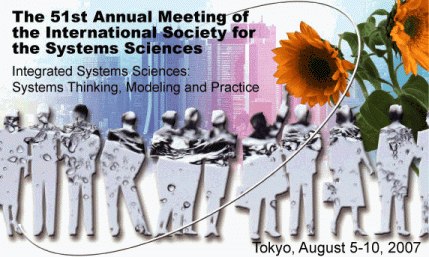Creating and Sustaining Successful Knowledge Management in Purposeful Communities
Keywords:
Communities, Co-Design, Information Systems, Knowledge ManagementAbstract
Based on research organized as a number of workshops, case studies and interviews with experienced practitioners as well as academics, we present in this report the most important findings on how to create and sustain successful knowledge management in a community environment. The cases, workshops and interviews deal specifically with the Microsoft Solutions Sharing Network program (SSN), but the findings, conclusions and preliminary recommendations can be applied more generally to the development of any knowledge management community. A key conclusion is that the bulk of efforts toward creating successful knowledge management communities focus on less technical, or softer aspects like leadership, culture, social settings and value of participation. However, these are essential, but not sufficient, ingredients for success. Technical issues, issues regarding development and customization of the tools used to facilitate knowledge management (for example, the SSN web portal), and emerging legal issues surrounding the sharing of intellectual property may be perceived as somewhat less important to the participants, but are nevertheless key factors in the long term success of these communities. It is also concluded that the foundation for successful collaboration is primarily laid in the initial phases of community development. A community must make a positive impression on its participants from the very beginning because most people won’t give it a second chance. In this report we have highlighted three important areas to consider when establishing portals for knowledge management: Leadership, Purpose and Process/Infrastructure. A leadership with high credibility in the subject is needed to lead the participants in the right direction, manage the cultural processes and to make sure that relevant content can be found. Initially it is the content that brings people to a specific community. Thus, there has to be some common purpose that not only needs to be in congruence with the professional role of the participants, but also be inspiring for them as well. Additionally, the community should have some sort of process that the participants can understand and suits the way they would like to interact. Face-to-face meetings and networking activities create trust which is important to get the process started. Language, IT platform, support and rules governing the contribution, creation and sharing of “knowledge” for the community are other concerns that need to be considered within the process.Published
2007-07-31
How to Cite
Albinsson, L., Curtin, G., Forsgren, O., & Wall, M. (2007). Creating and Sustaining Successful Knowledge Management in Purposeful Communities. Proceedings of the 51st Annual Meeting of the ISSS - 2007, Tokyo, Japan, 51(2). Retrieved from https://journals.isss.org/index.php/proceedings51st/article/view/668
Issue
Section
Information Systems Design and Information Technology

